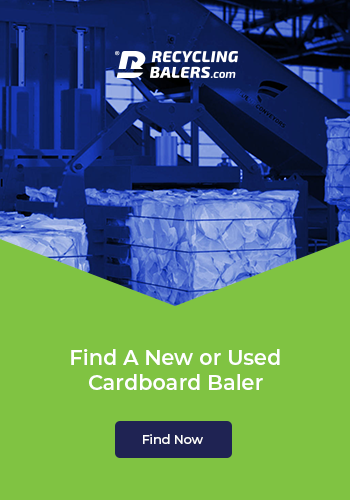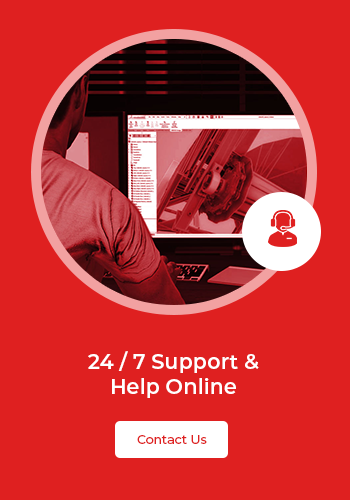How to Maintain A High-Quality Production Line
Invisible to most consumers, the production line is perhaps the most critical mechanism in the modern economy. Across the world, from China to the USA, production lines are crucial in delivering mass-produced products to consumers for the lowest possible prices. If you’re reading this article, it’s likely that you own or operate a production line yourself – and that you’re interested in optimizing your line for the future. As such, this short guide addresses some of the base fundamentals of how to create and maintain a high-functioning production line in 2020.
Overall Design
Your current production line is likely a complex amalgam of machines and equipment, with human oversight of certain areas of your line mixed with robotic machines which perform the same tasks every day. If you haven’t already done so, this is a powerful moment to take an audit of your overall line. Think about variables like repair costs, electricity usage, and years in operation to assign value to the different components of your line.
Now that you’ve had a closer look at the overall design of your production line, you’ll be able to prioritize certain parts of your line that you believe need replacing, repairing, or removing. As conveyor specialists, we’re all too aware of how older conveyor models can become outdated – and how more efficient, reliable models are released every year or two. Updating machines such as these can help you maintain your production line at high efficiency.
Mechanics and Engineers
No production line can function seriously without a team of professionals to help maintain it. There will include mechanics, who can fix broken machines, electricians, who will look at the electrical circuits of machines, and engineers, who have a broader perspective on your overall production line. Each member of this team is essential in the smooth operation of your line.
Why? Because if one element of your production line breaks and is left out of action, you’ll find that your production cycle comes to an abrupt halt. You’ll begin to fail on your orders, miss deadlines, and disappoint clients and customers. That’s why routine maintenance from professionals is so essential on a production line.
Swift Repairs
Finally, one of the critical facets of a successful production line is the process that’s in place for when a machine does fail. The speed with which you can get that machine back up and running is critical for the ongoing profitability of your facility. And to achieve these swift repairs, you’re going to need to have spares within your facility.
Every business owner has been in the unenviable position of missing days of productivity as they await the delivery of a crucial part to a broken machine. It’s far wiser – even if you never use that spare part – to have it waiting in the wings for emergencies. The cost of missing that part is far greater than the cost of the part itself.
There you have it: three ways in which you can maintain a healthy and profitable production line now, and long into the future.



